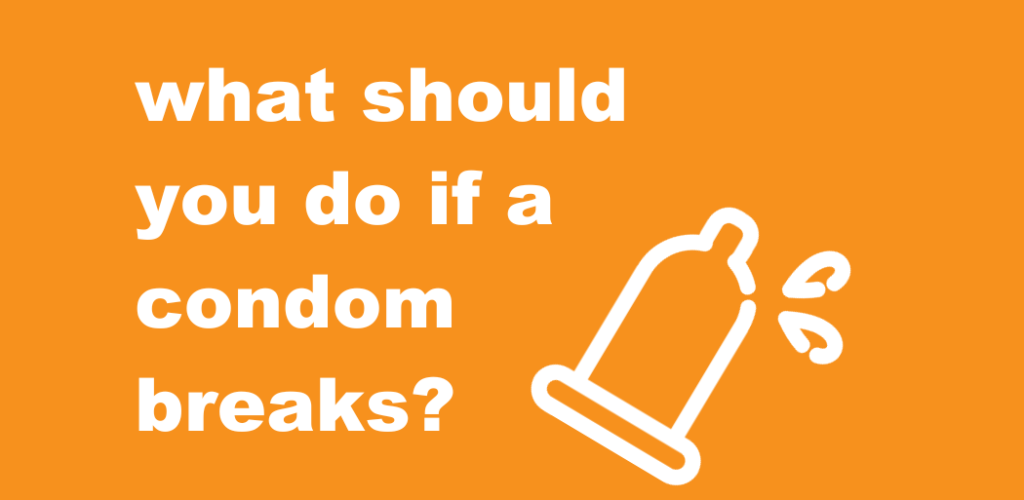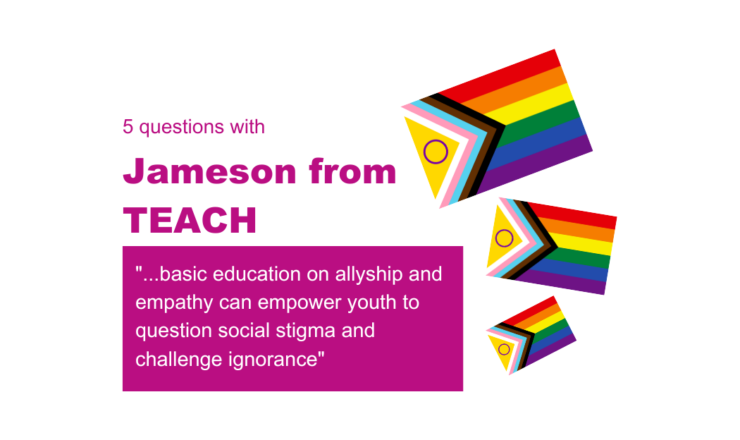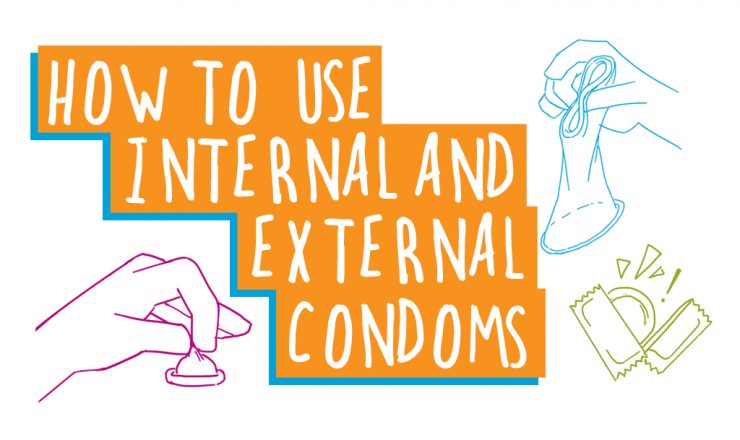

Condoms are one of the most common, most affordable, most accessible, and most effective forms of contraception available. With proper use condoms are up to 99% effective at preventing pregnancy. As reliable as they may be, things can still go wrong. However, a condom breaking doesn’t mean that pregnancy is guaranteed or you’re certain to get an STI.
Take a look through our list of tips on what you can do when a condom breaks in the heat of the moment:
Just like anything else in life, sex doesn’t always go the way we expect it to. While the thought of pregnancy or STIs can be scary, it’s important to remember you have lots of options when deciding what to do when it comes to pregnancy and STI treatment. Remember: a condom breaking isn’t the end of the world; it just means that there are some steps you might need to take to ensure both you and your sexual partner stay protected and informed about your sexual and reproductive health!
If at any point you suspect a condom has broken while having sex, the simplest thing to do is to remove the current one and put another one on! Don’t keep using the same one and never layer condoms as the friction can cause both to break.
Make sure you’re putting it on properly to ensure it’s effective. You can check out our guide on using condoms here.
If you think you’re at risk of being pregnant, you can access emergency contraception, such as Plan B. Emergency contraception is available for emergency use only and shouldn’t be used as a substitute for condoms. That said, it is an effective option for when things go wrong. Check out our info page on ECP (emergency contraceptive pills) here.
If the condom broke and you’re concerned that you might be pregnant, the best way to find out is by taking a pregnancy test 14 days after having sex. You can take a pregnancy test from home as they’re easily accessible and highly accurate when taken correctly.
One of the other advantages of condoms is that they can help prevent STIs. Most forms of condomless penetrative sex involve some risk of getting an STI. If a condom breaks and you’re concerned about possible STI transmission, the only way to find out is to get tested!
Last but not least, the most important thing is to be open, communicative, and honest with your sexual partner(s) about condom use, contraception, and STIs before engaging in any sexual activity. These topics might feel a little uncomfortable or weird at first, but talking about safer sex goes a long way. Don’t know how to start? Check out our guide on Talking About Safer Sex here.
If you have questions about this topic, feel free to contact one of our peer educators. [Link]
Last Updated: September 2023

Check out our interview with Jameson from Planned Parenthood Toronto’s TEACH Program, where we talk about his experiences as a volunteer and his thoughts on how youth can be more involved with combatting gender and sexuality based discrimination.

We here at Teen Health Source made some new condom demo guides! Learn more about our info pages and downloadable booklets for both internal and external condoms!

Did you know that Teen Health Source has been around for 25 years! To help celebrate our 25th Anniversary, we’re checking in with some of our previous volunteers. Today we’re hearing from Brhan!